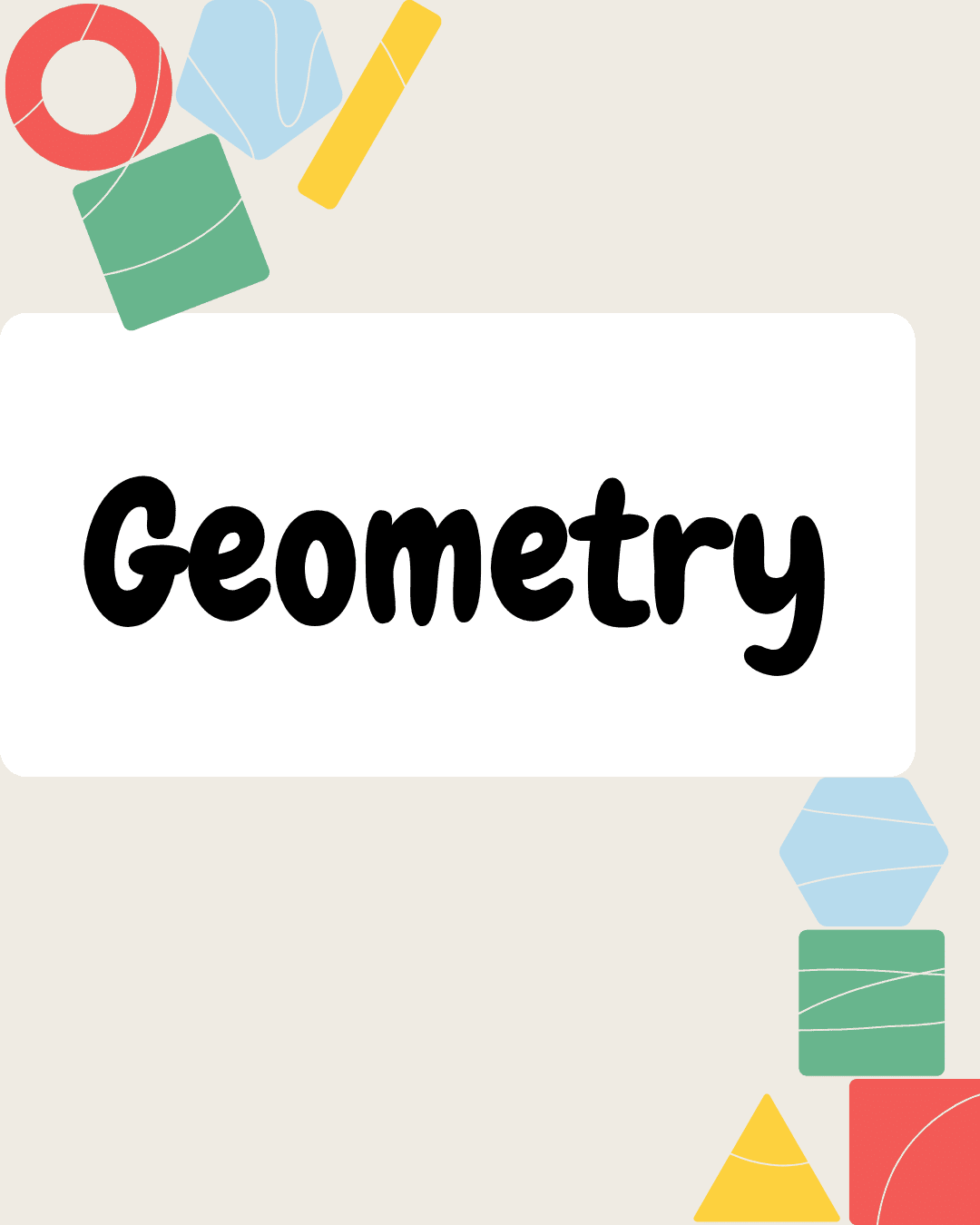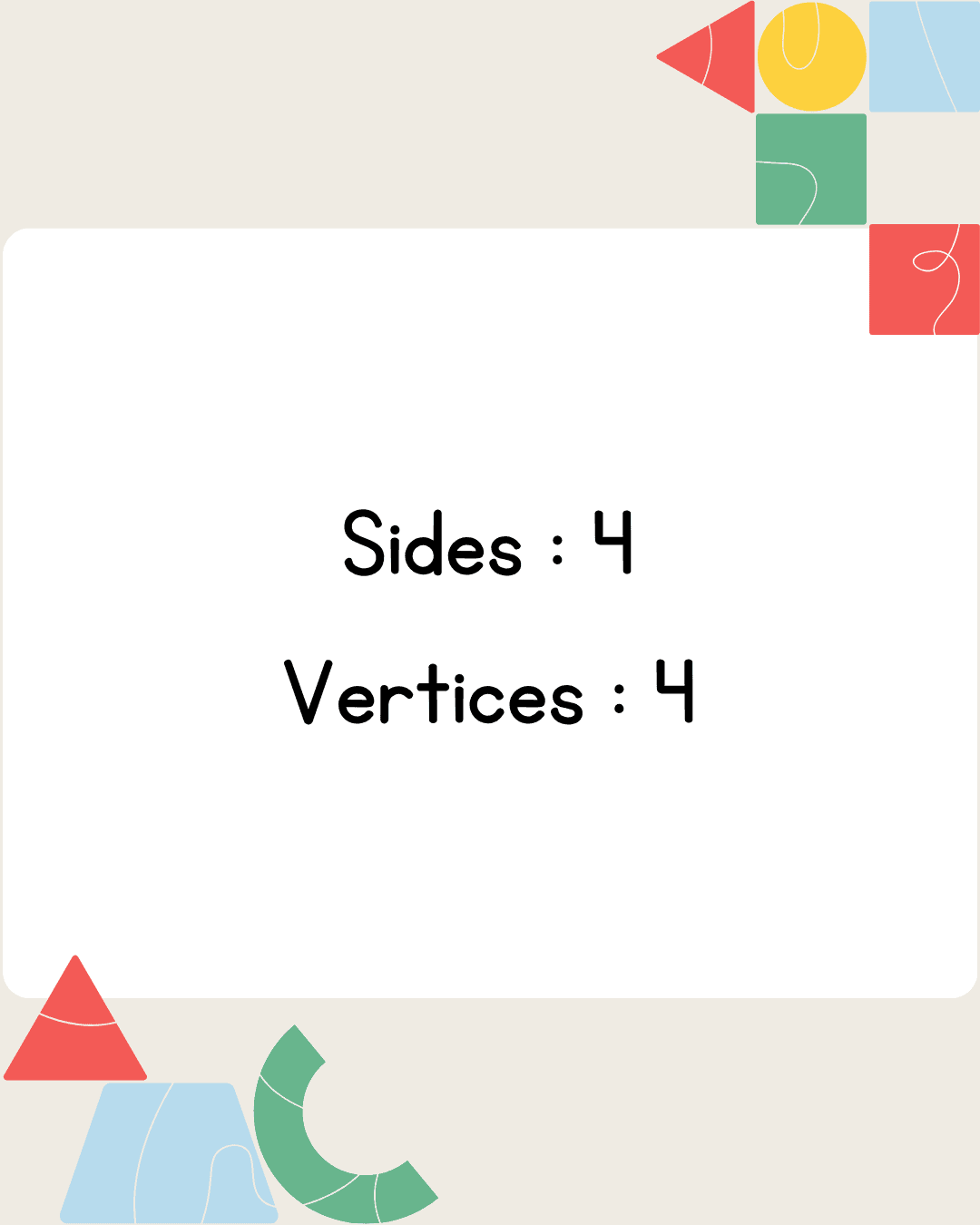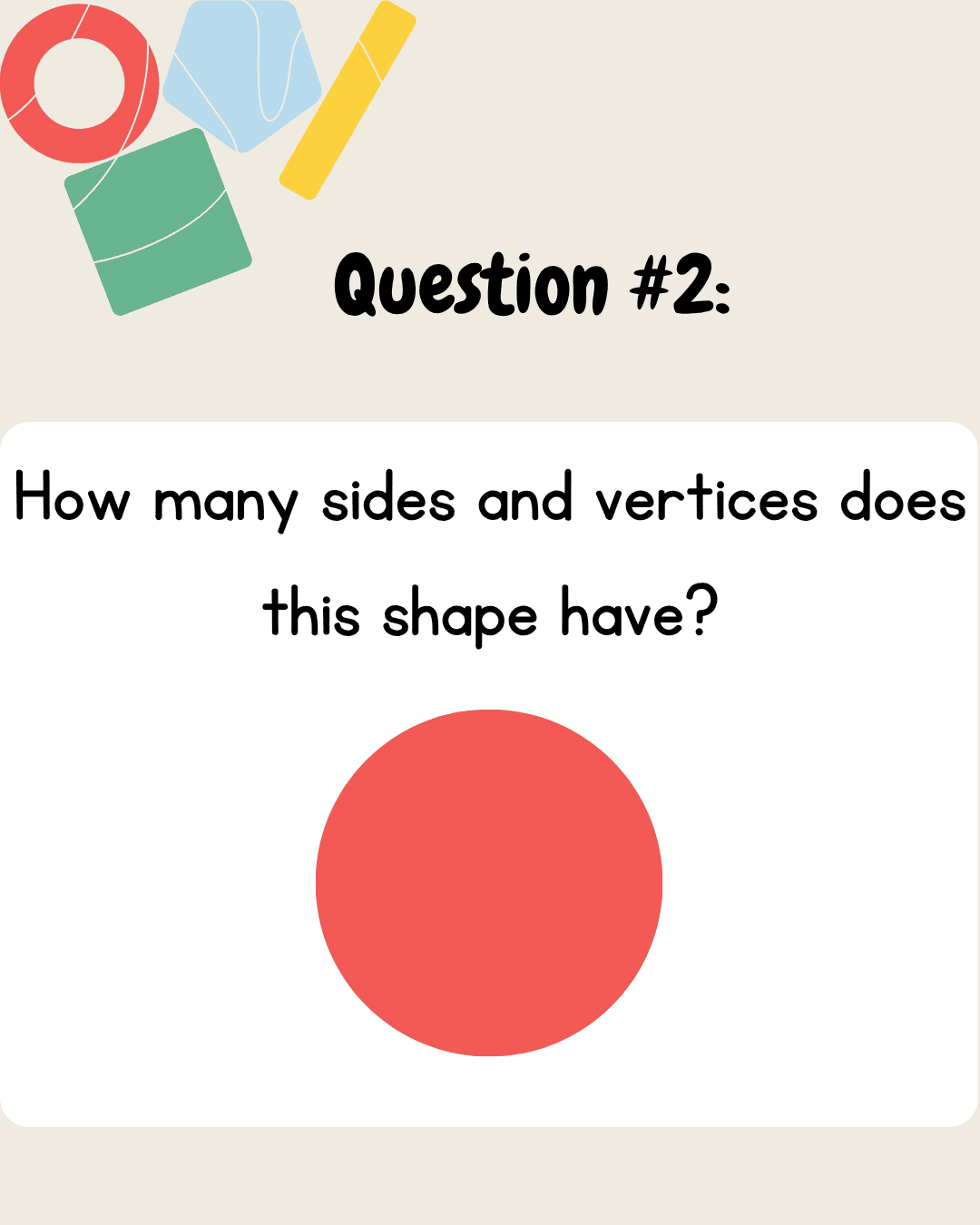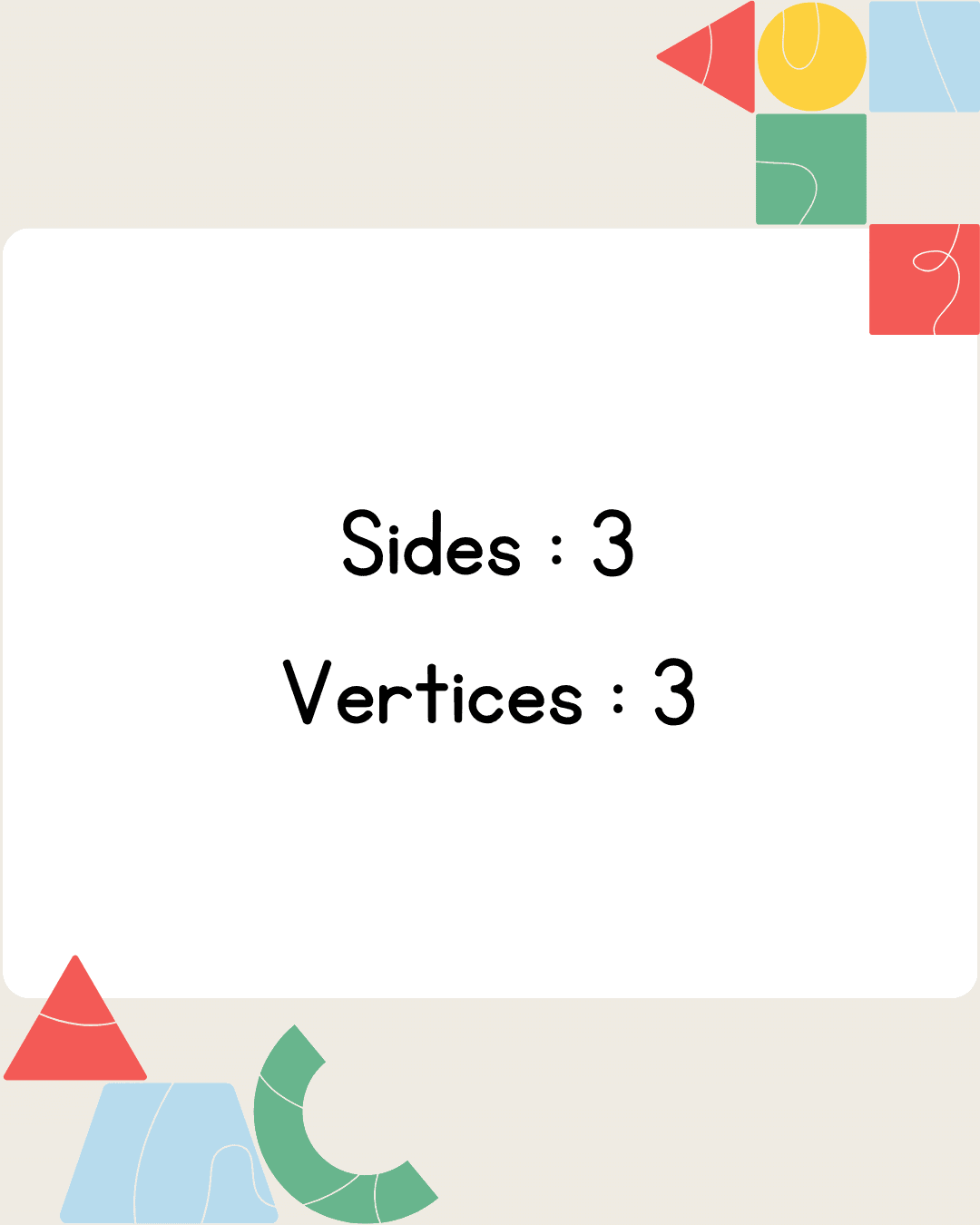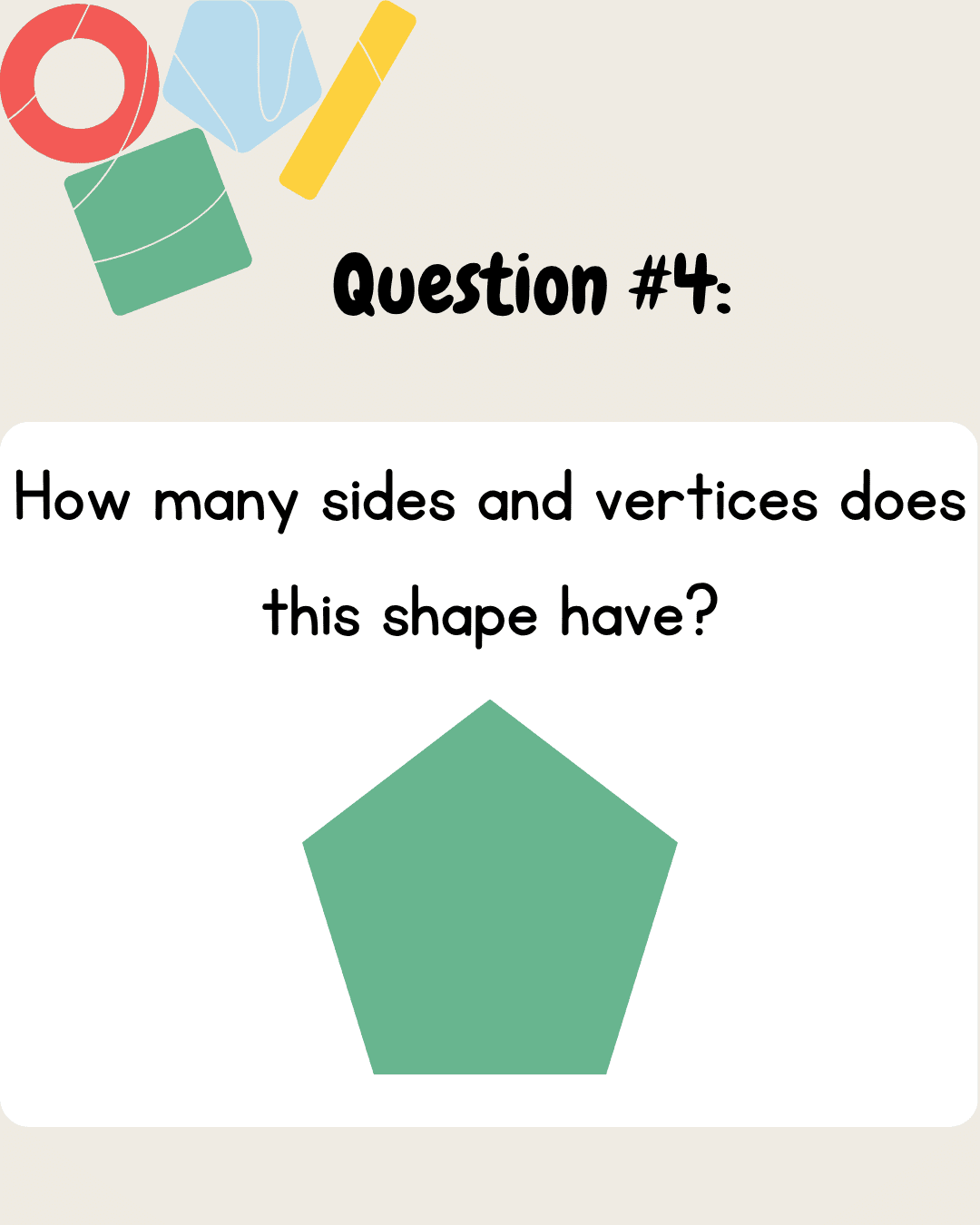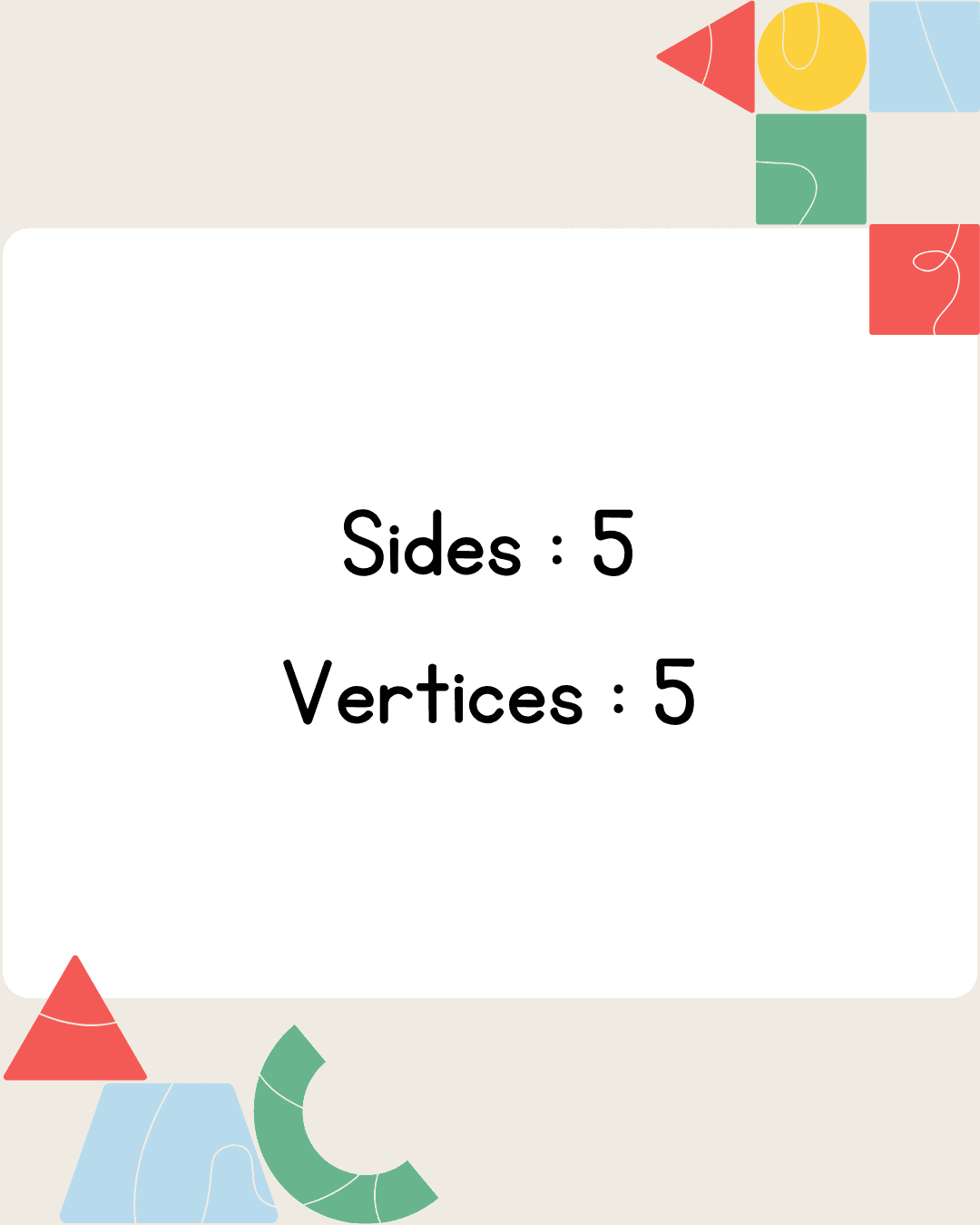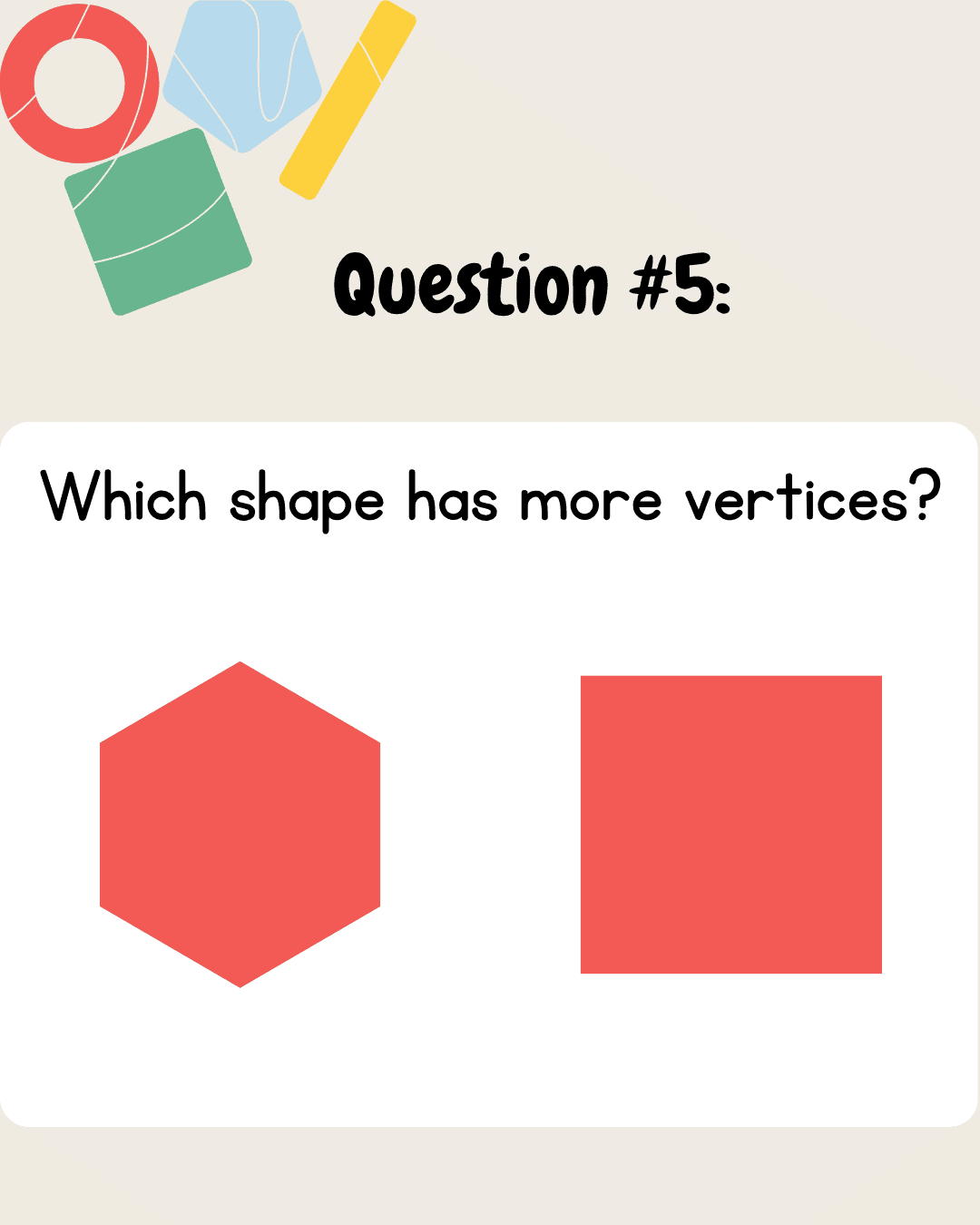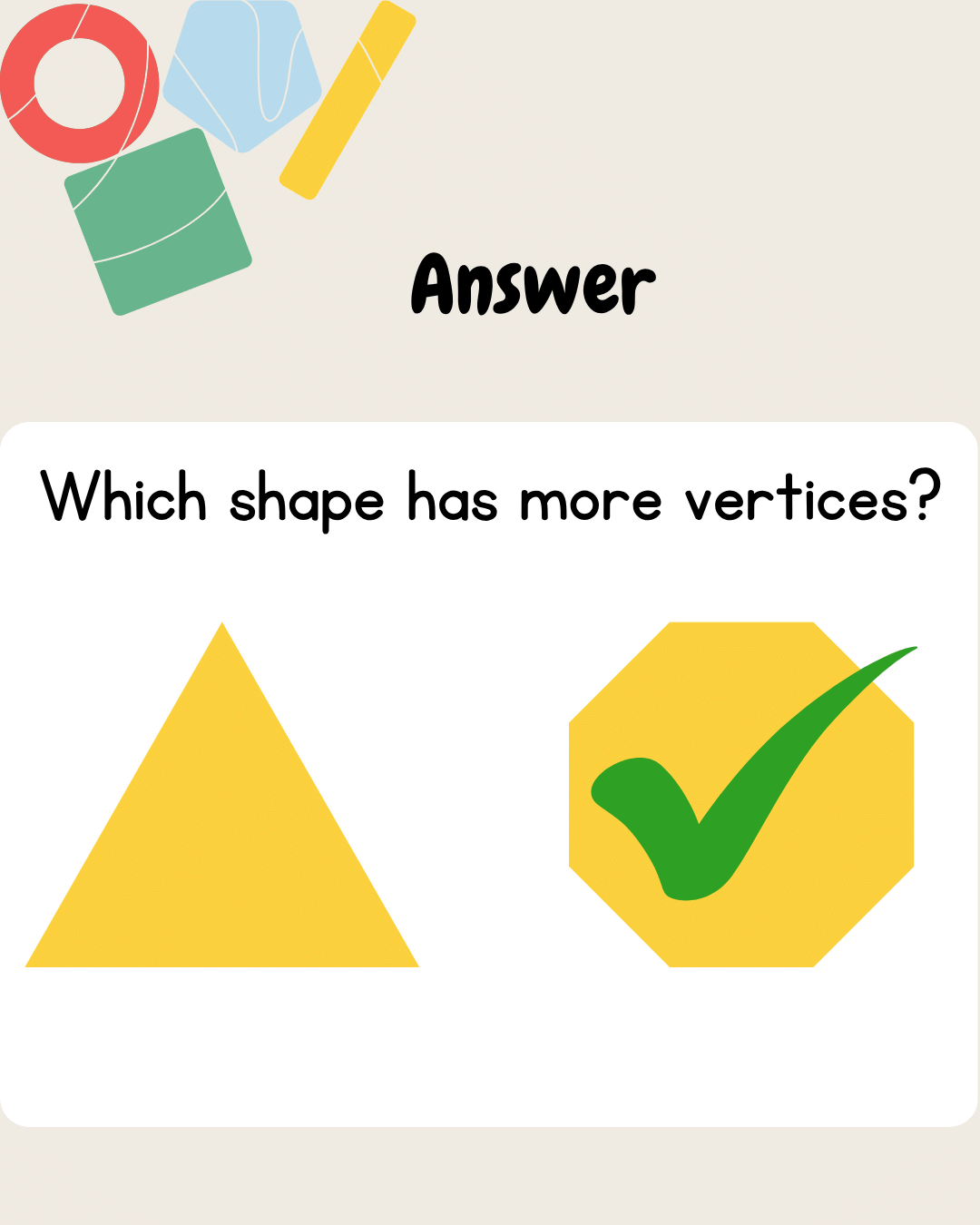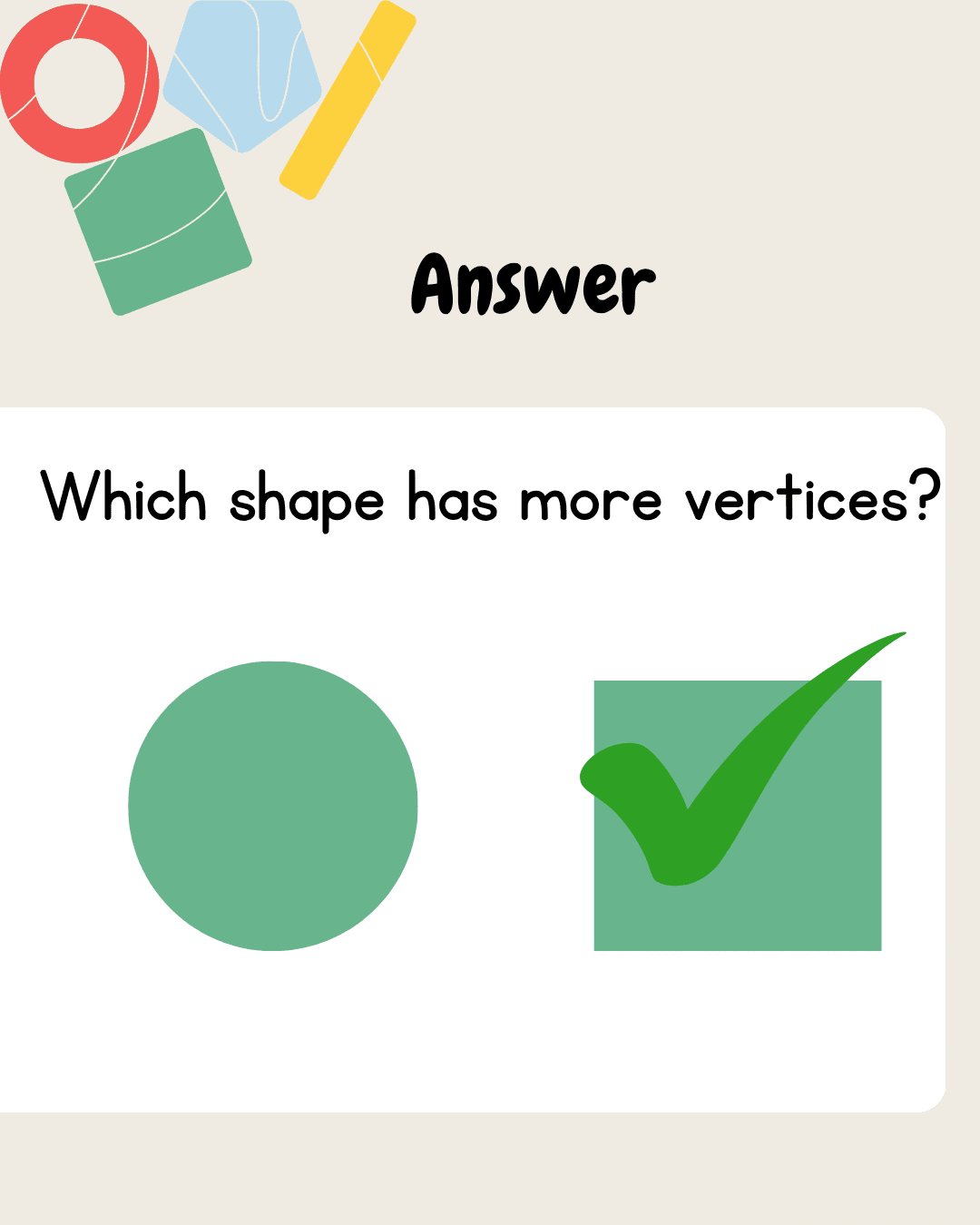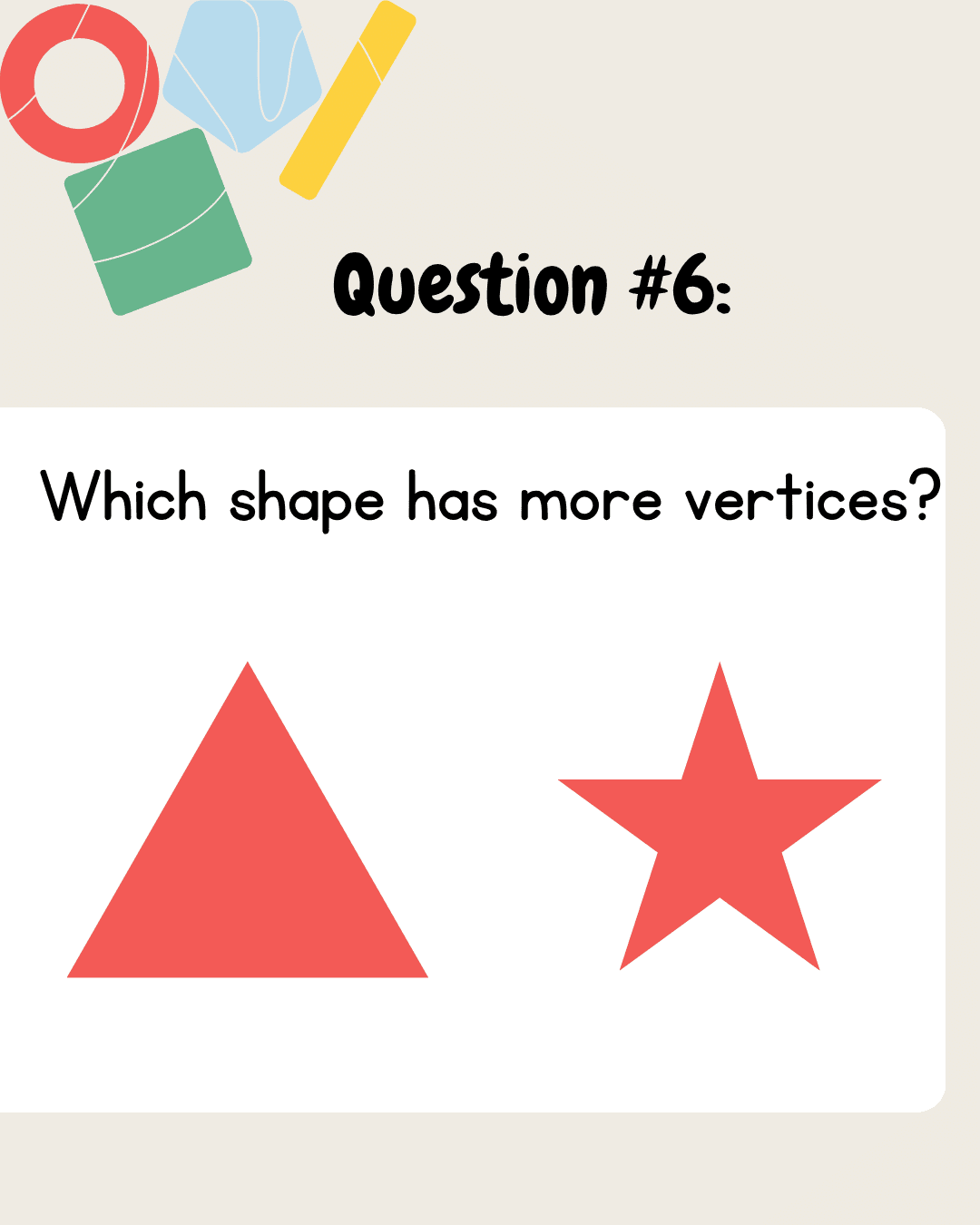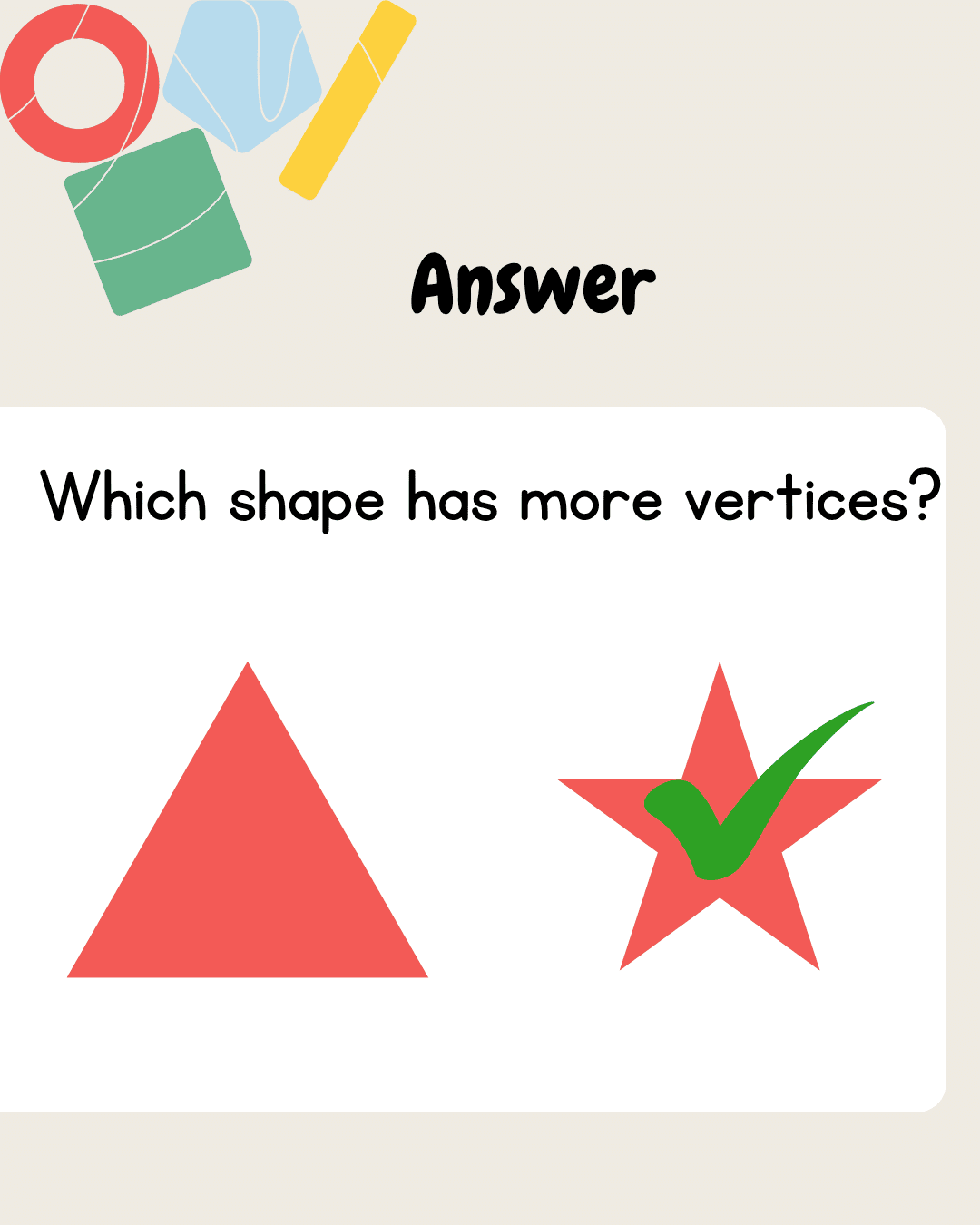 Unlock all Flashcards with EduRev Infinity Plan Starting from @ ₹99 only
|
Class 1 Exam > Mental Maths > Flashcards: Geometry and Shapes
|
39 videos|158 docs|19 tests
|
FAQs on Flashcards: Geometry and Shapes Flashcard - Mental Maths - Class 1
| 1. What are the basic geometric shapes studied in a Class 1 geometry curriculum? |  |
Ans. In a Class 1 geometry curriculum, students typically learn about basic geometric shapes such as circles, squares, rectangles, triangles, and ovals. These shapes are introduced with their properties, such as the number of sides and angles, and students are encouraged to identify and draw these shapes in their environment.
| 2. How can students differentiate between 2D and 3D shapes in Class 1? |  |
Ans. Students can differentiate between 2D and 3D shapes by understanding that 2D shapes, like squares and circles, have only length and width, while 3D shapes, like cubes and spheres, have length, width, and height. Class activities may include sorting objects, drawing flat shapes, and building models of 3D shapes to help illustrate these differences.
| 3. What are some common activities to help Class 1 students learn geometry concepts? |  |
Ans. Common activities to help Class 1 students learn geometry concepts include shape scavenger hunts, where students find and identify shapes in their environment, and hands-on activities like using building blocks to create different shapes. Art projects, such as making collages with various shapes, also reinforce learning in a fun and engaging way.
| 4. Why is understanding geometry important for young learners? |  |
Ans. Understanding geometry is important for young learners as it lays the foundation for spatial reasoning, which is essential for problem-solving and critical thinking skills. Geometry also helps students recognize patterns and relationships in mathematics and in the world around them, fostering a greater appreciation for shapes and their properties.
| 5. How can parents support their child's learning of geometry at home? |  |
Ans. Parents can support their child's learning of geometry at home by engaging in everyday activities that involve shapes, such as cooking (measuring and cutting shapes), playing with toys that incorporate different geometric forms, or using educational games and apps focused on geometry. Reading books about shapes and discussing the shapes found in nature or architecture can also enhance their understanding.
Related Searches




